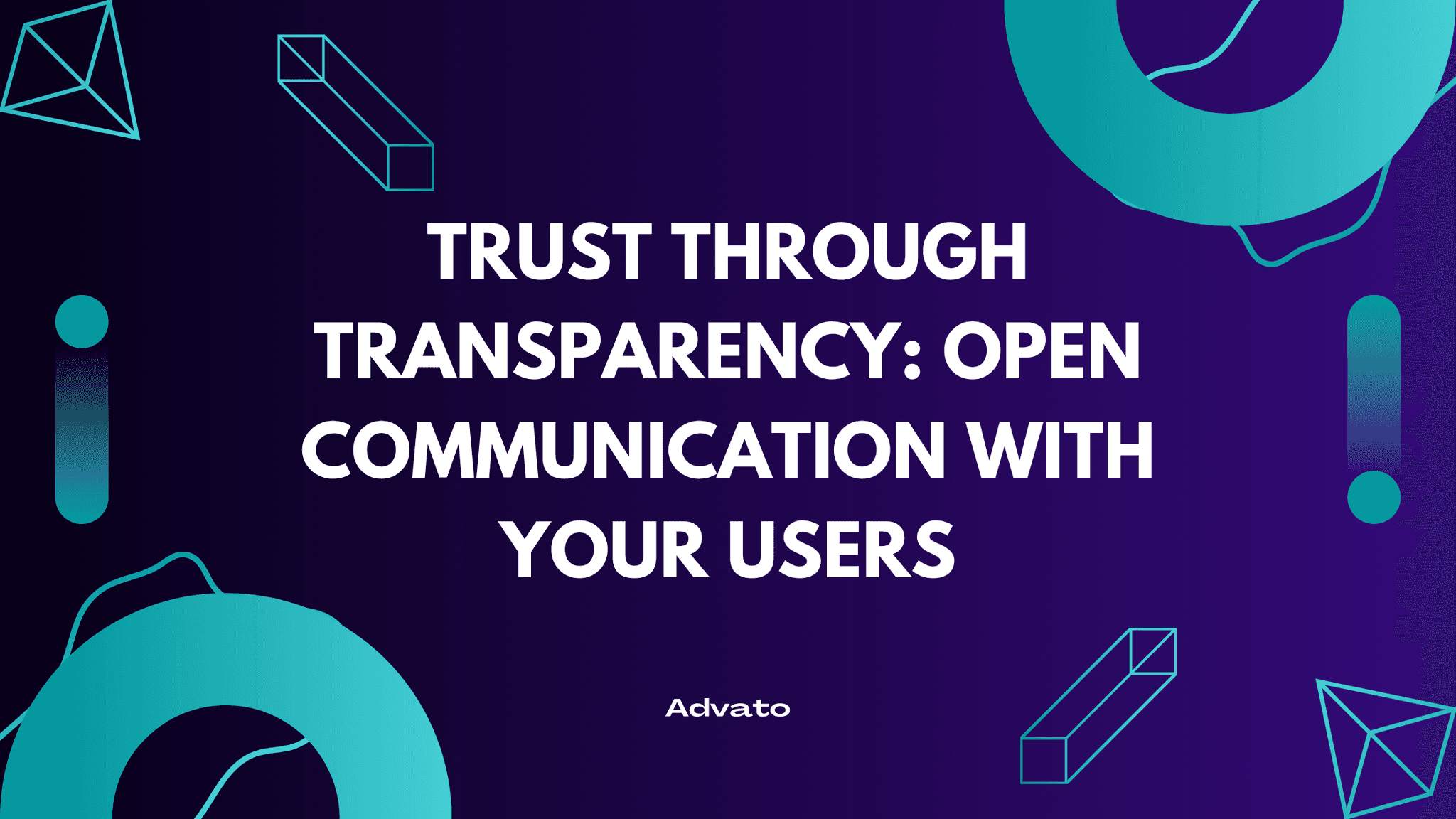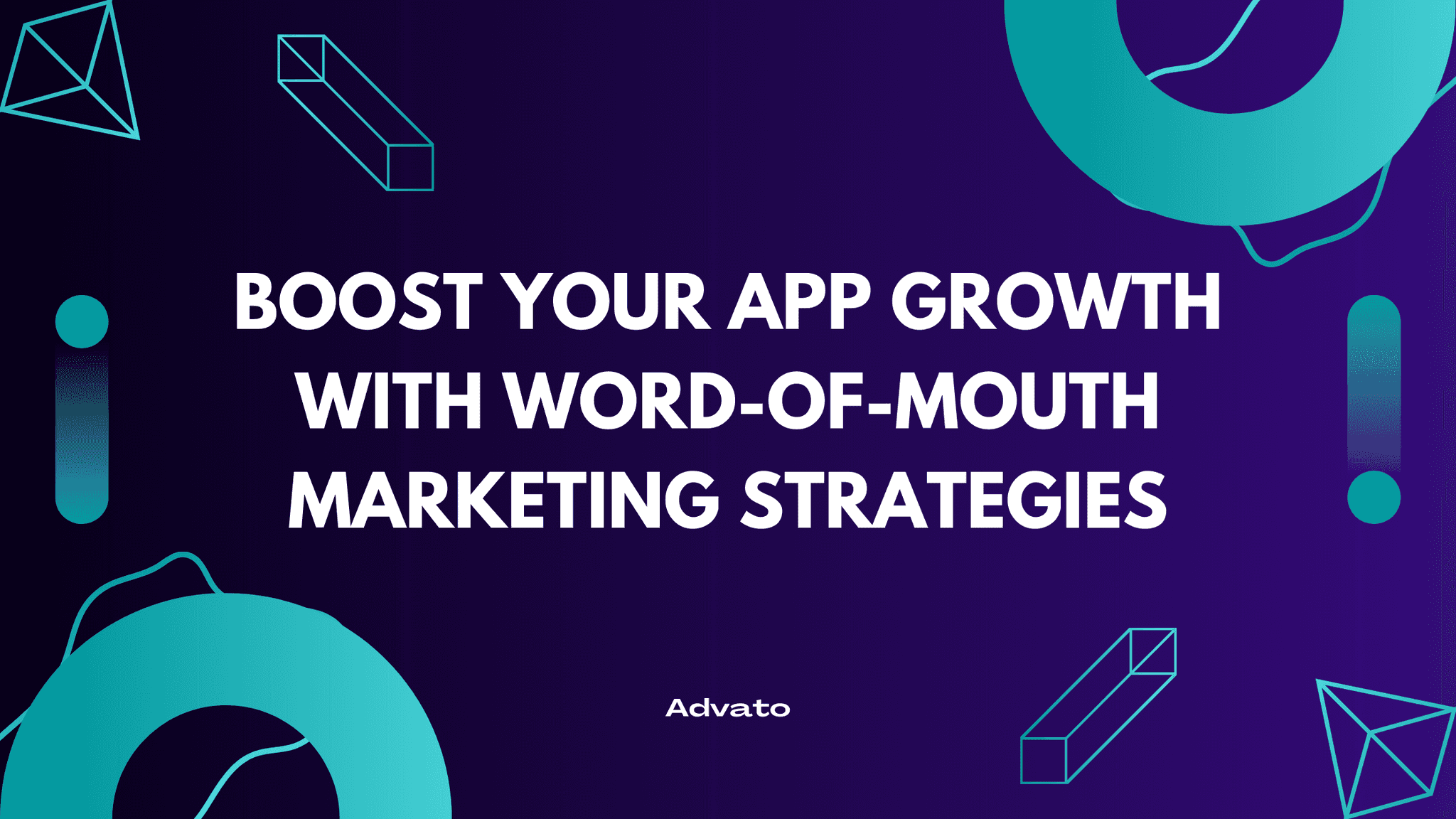Oct 11, 2024
In the ever-competitive world of mobile apps, how do you ensure your app is the one that users are talking about? Data analytics might just be your secret weapon. With the right data, you can understand user behavior, make informed decisions, and supercharge your growth strategy. In this blog post, we'll explore how to use data analytics to maximize your app's potential.
Understanding the Power of Data Analytics
First things first, what is data analytics, and why does it matter? Data analytics involves collecting, analyzing, and interpreting data to extract valuable insights. For mobile apps, this means understanding how users interact with your app—which features they love, what makes them leave, and what keeps them coming back. With these insights, you can tweak and optimize your app to drive user engagement and growth.
Data analytics allows you to take a deep dive into the behavior of your users, offering a clear picture of their journey through your app. This journey might start with the initial download, continue through onboarding, and include ongoing interactions with your app's features. Understanding this journey helps you identify areas that need improvement, as well as features that are driving engagement and satisfaction.
In today's app market, personalization is important. Users expect experiences that are tailored to their needs and preferences. Data analytics can help you deliver this kind of experience by segmenting users based on their behaviors and preferences. By doing so, you can target different user groups with specific features, content, or messaging that resonates with them. Personalization not only improves user satisfaction but also increases retention and lifetime value.
Identifying Key Metrics for App Growth
To use data analytics effectively, you need to track the right metrics. Here are some key metrics to keep an eye on:
User Retention Rate: This tells you how many users stick around after downloading your app. High retention is a good indicator of a positive user experience.
Churn Rate: On the flip side, churn rate indicates how many users stop using your app. Analyzing why users leave can help you take action to reduce churn.
Lifetime Value (LTV): LTV measures the revenue a user will bring over their lifetime with your app. Optimizing your app for higher LTV often leads to more sustainable growth.
Session Duration and Frequency: Understanding how often and for how long users interact with your app can help you identify the most engaging features and areas for improvement.
Acquisition Cost (CAC): Tracking how much it costs to acquire a user is critical to understanding the efficiency of your marketing efforts. Lowering CAC while increasing LTV is the ultimate goal for sustainable growth.
Daily Active Users (DAU) and Monthly Active Users (MAU): These metrics help you understand how engaged your user base is. A high ratio of DAU to MAU indicates strong user engagement and loyalty.
Tracking these metrics is essential, but the real magic happens when you use this data to inform your decisions. By understanding these key performance indicators (KPIs), you can identify what’s working well and what needs improvement. The insights gained from these metrics can guide your product development, marketing campaigns, and overall growth strategy.
Leveraging Data to Optimize User Acquisition
User acquisition is expensive—unless you do it right. By using data analytics, you can better understand which acquisition channels work best for your app. Are users coming from social media ads, organic search, or referrals? By tracking this data, you can focus your efforts on channels that provide the highest return on investment (ROI).
To optimize user acquisition, it’s important to implement attribution tracking. Attribution tracking helps you determine which marketing channels are driving the most downloads and user engagement. Whether it’s a Facebook ad, an influencer partnership, or an organic search, understanding where your users are coming from allows you to allocate your marketing budget more effectively.
Once you identify the most effective channels, you can double down on those strategies to acquire even more users. For example, if data shows that your referral program is bringing in high-quality users, it makes sense to invest more in promoting and optimizing that program.
Speaking of referrals, using a referral program is one of the most cost-effective ways to acquire quality users. A product like Advato can make implementing referrals a breeze, allowing you to grow organically and bring in engaged users. With Advato, you can also monitor referral data to see which users are bringing in new customers, helping you optimize your referral strategy further.
Referrals are powerful because they come with a built-in level of trust. When a user recommends your app to a friend, that friend is more likely to download and use your app compared to someone who found it through an ad. By using Advato, you can easily manage and track your referral program, making it simple to reward users who help grow your app.
Optimizing User Engagement Through Analytics
Once you've acquired users, the next challenge is keeping them engaged. This is where behavioral analytics can make all the difference. By analyzing user behavior, you can identify friction points that lead to drop-offs. For example, are users abandoning your app at a specific point during onboarding? Do they engage with certain features more than others?
Behavioral analytics helps you understand how users are interacting with your app in real-time. You can track events like button clicks, feature usage, and navigation patterns to identify what users are doing—and what they’re not doing. This level of insight allows you to optimize the user experience by removing obstacles and enhancing features that users love.
One common area where many apps struggle is onboarding. If your onboarding process is too long or complicated, users may abandon the app before they even get started. By analyzing data from the onboarding process, you can identify drop-off points and make necessary adjustments. Simplifying onboarding, providing helpful prompts, and offering clear value propositions can all help improve retention rates.
By using analytics, you can make data-driven decisions to enhance the user experience. Maybe that onboarding process needs simplification, or perhaps a particular feature needs more visibility. When you take steps based on what the data tells you, users will notice—and they'll stick around longer.
A/B Testing: The Key to Continuous Improvement
Another powerful tool in your analytics arsenal is A/B testing. This involves testing different versions of a feature or design to see which performs better. For example, you could test two versions of your app's home screen to determine which drives more engagement. By making small, data-backed changes over time, you can ensure that your app is always evolving to meet user needs.
A/B testing is particularly useful when it comes to optimizing user flows and conversion rates. For instance, if you want more users to complete a purchase or sign up for a premium feature, you can test different calls-to-action (CTAs), button colors, or screen layouts. By experimenting with these variables, you can identify what works best and make informed decisions that lead to higher conversion rates.
It’s important to note that A/B testing is an ongoing process. User preferences change over time, and what works today might not work tomorrow. By continuously testing and iterating, you can keep your app fresh and aligned with user expectations.
Scaling Growth with Referrals and Data
Data analytics is invaluable not only for optimizing user experience but also for scaling your app's growth. One of the best strategies to amplify growth is leveraging user referrals. With Advato, you can easily integrate a referral program into your app, turning your satisfied users into your growth engine. The best part? Advato also helps you track which users are referring others, making it simple to reward them and keep the referral engine running smoothly.
Referrals are an incredibly powerful growth lever because they are inherently viral. When users are happy with your app, they naturally want to share it with others. By making it easy for them to refer friends—and rewarding them for doing so—you can create a self-sustaining growth loop. With Advato, you can automate the referral process, track the success of your campaigns, and continually optimize to achieve better results.
Data analytics can also help you identify the characteristics of users who are most likely to refer others. By analyzing referral data, you can determine which user segments are the most engaged and likely to share your app. This allows you to target those users with specific messaging or incentives to encourage even more referrals.
The Role of User Feedback in Data-Driven Growth
In addition to quantitative data, qualitative data—like user feedback—is crucial for app growth. Collecting and analyzing user feedback provides context to the numbers you see in your analytics dashboards. For example, if you notice a high churn rate, user feedback can help you understand why users are leaving. Maybe they found a particular feature confusing, or maybe they felt that the app didn’t deliver the value they were expecting.
User feedback can be gathered through in-app surveys, reviews, or direct support channels. By combining this qualitative data with your quantitative analytics, you get a full picture of your app’s performance. This holistic approach allows you to make more informed decisions and prioritize the features or improvements that will have the greatest impact on user satisfaction and growth.
Data Is Your Growth Superpower
Using data analytics to optimize your app growth strategy is like having a map that shows you the quickest path to success. By understanding user behavior, improving retention, and leveraging effective acquisition channels, you'll be well on your way to sustainable growth. And don't forget—referrals are one of the most powerful tools in your growth toolbox. With Advato, you can boost your app's reach while keeping your acquisition costs low and your user quality high.
The journey to app success is filled with challenges, but with data as your guide, you can navigate these challenges more effectively. From optimizing user acquisition to enhancing engagement and scaling growth through referrals, data analytics provides the insights you need to make smart decisions that drive results.


